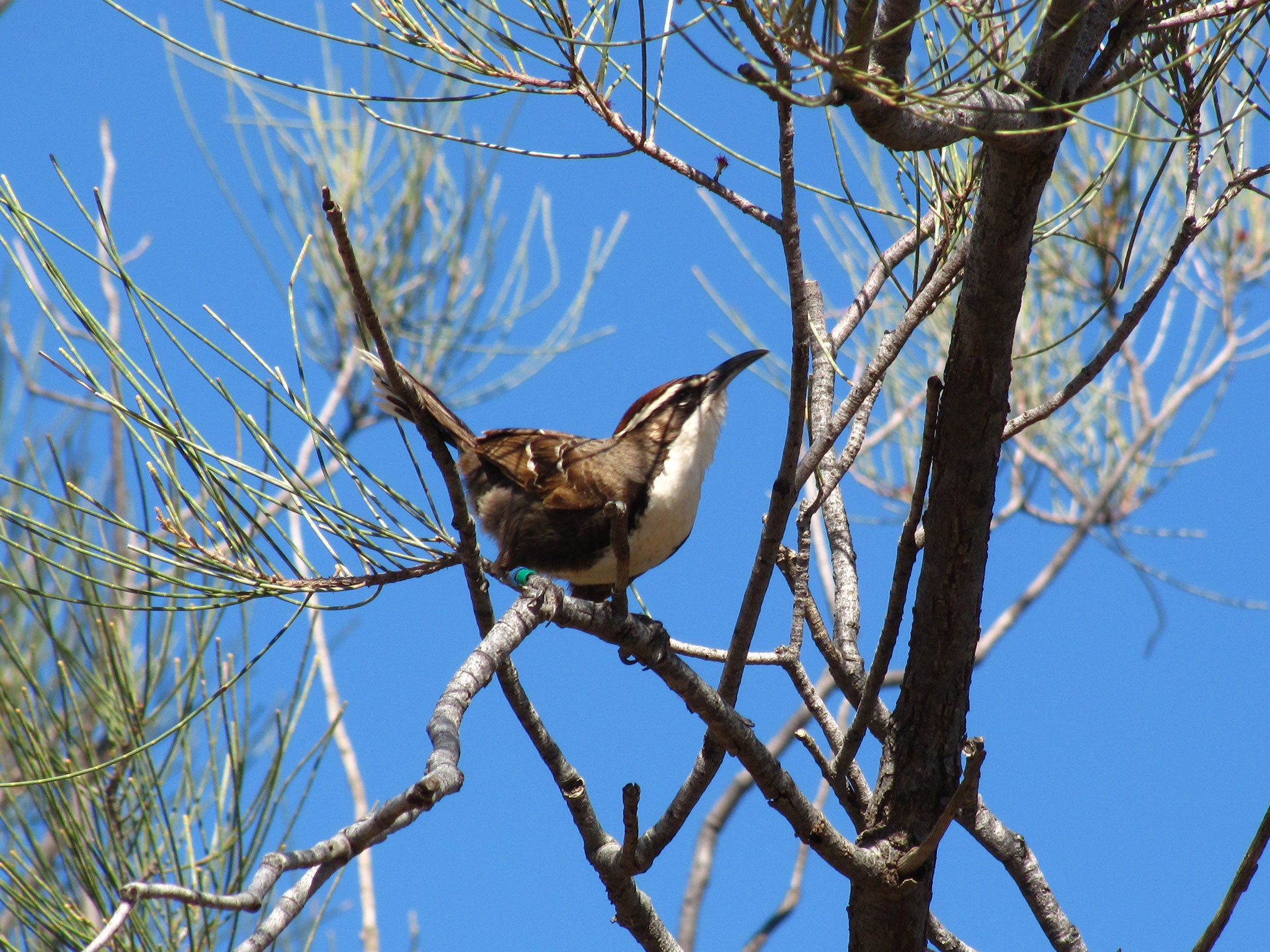Chestnut-crowned babbler: Australian bird becomes first known non-human species to communicate using language
The chestnut-crowned babbler uses combinations of different sounds that, when combined, convey a certain message to other members of the species

Your support helps us to tell the story
From reproductive rights to climate change to Big Tech, The Independent is on the ground when the story is developing. Whether it's investigating the financials of Elon Musk's pro-Trump PAC or producing our latest documentary, 'The A Word', which shines a light on the American women fighting for reproductive rights, we know how important it is to parse out the facts from the messaging.
At such a critical moment in US history, we need reporters on the ground. Your donation allows us to keep sending journalists to speak to both sides of the story.
The Independent is trusted by Americans across the entire political spectrum. And unlike many other quality news outlets, we choose not to lock Americans out of our reporting and analysis with paywalls. We believe quality journalism should be available to everyone, paid for by those who can afford it.
Your support makes all the difference.A small gregarious bird that lives in the Australian outback has been found to communicate with one another using a simple form of language – the first species other than humans known to do so.
Scientists studying the vocal noises made by the chestnut-crowned babbler have shown that it uses combinations of different sounds that on their own are meaningless but when combined convey a certain message to other members of the species.
Although bird songs are known to have different meanings, scientists have not been able to show until now that individual messages can be made by using different combinations of the same repertoire of sounds, much like the phonemes or individual sounds that make up human words, the researchers said.
“This is the first time that the capacity to generate new meaning from rearranging meaningless elements has been shown to exist outside of humans,” said Simon Townsend of the University of Zurich, a co-author of the study published in the on-line journal Plos Biology.
“Although the two babbler bird calls are structurally very similar, they are produced in totally different behavioural contexts and listening birds are capable of picking up on this,” Dr Townsend said.
The researchers showed in experiments with babblers that the birds re-use two sounds, “A” and “B”, in different arrangements. When they are emitting a flight call they use “AB”, and when they are feeding chicks they use “BAB”.
Recordings where the two sounds are artificially spliced together show that the behaviour of the listening birds can be affected by whether they hear “AB” or “BAB”, no matter which original call was used as a source for the spliced sounds.
“Although previous studies indicate that animals, particularly birds, are capable of stringing different sounds together as part of a complex song, these songs generally lack a specific meaning and changing the arrangement of sounds within a song does not seem to alter its overall message,” said Sabrina Engesser of Zurich, the lead author of the study.
“In contrast to most songbirds, chestnut-crowned babblers do not sing. Instead its extensive vocal repertoire is characterised by discrete calls made up of smaller acoustically distinct individual sounds,” Ms Engesser said.
Professor Andy Russell from the University of Exeter, who has been studying the babblers since 2004, said: “We think that babbler birds may choose to rearrange sounds to code new meaning because doing so through combining two existing sounds is quicker than evolving a new sound altogether.”
Join our commenting forum
Join thought-provoking conversations, follow other Independent readers and see their replies
Comments